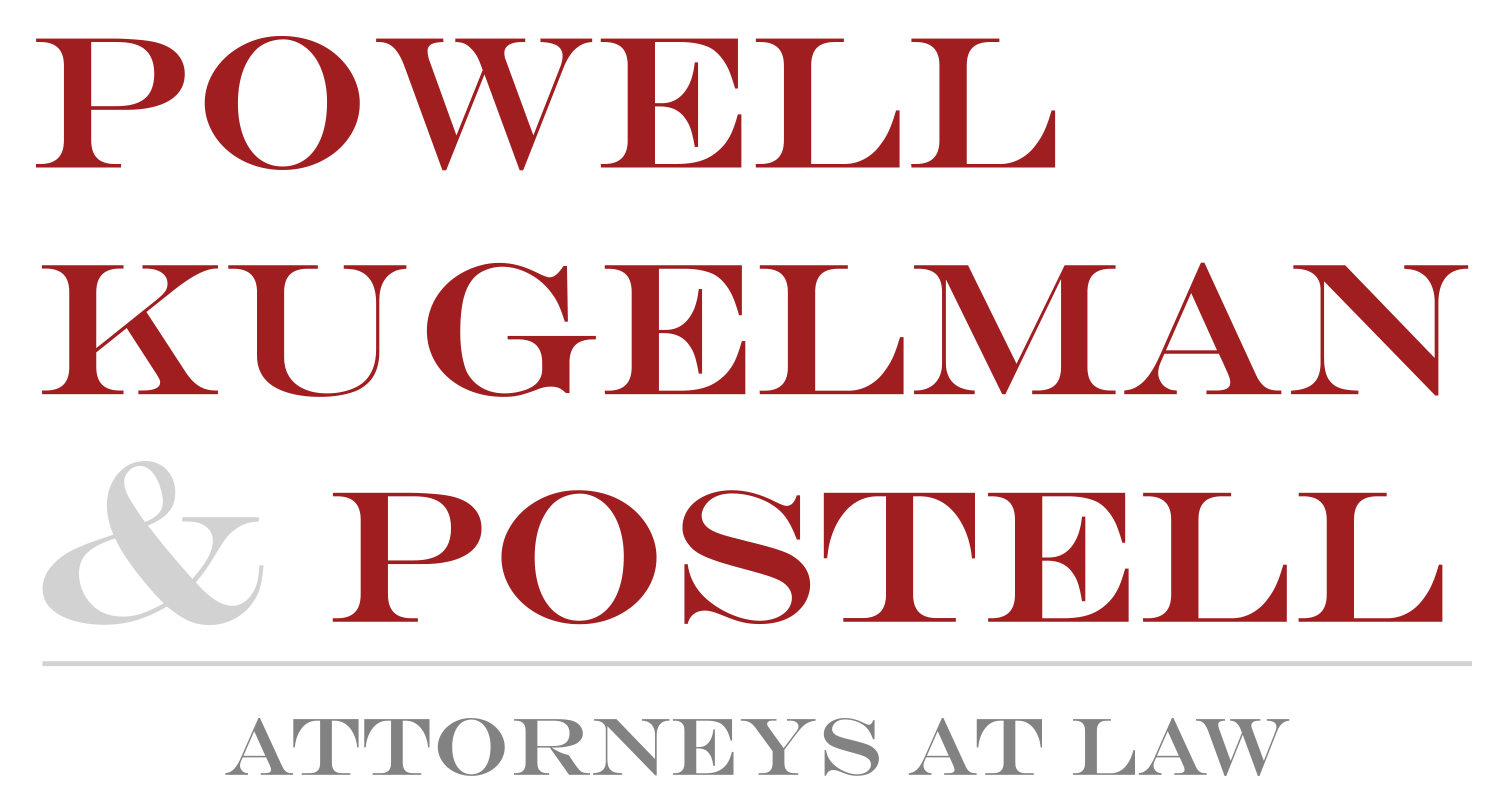NJ Court Rules on EIFS and Continuous Damages Exclusions
In a recent opinion, the NJ Appellate Division decided that insurance providers’ EIFS and continuous and progressive damage exclusions are enforceable, despite being challenged by appeals. In American Properties v. Interstate Fire , Plaintiffs American Properties at Madison (APM) and First Speciality Insurance Company (FSIC) challenged a lower court’s ruling on the application of Exterior Insulation and Finish Systems (EIFS) exclusion and pre-existing damages exclusion. The appeals court affirmed the trial judge’s opinion that Crum & Forster Speciality Insurance Company (C&F) and Interstate Fire and Casualty Company (Interstate) were valid in their reasoning to deny coverage to APM on a construction defect case involving water infiltration.
American Properties at Madison had insurance policies with three separate insurance providers from 2005 to 2014. The policies went from C&F (2005-2008) to Interstate (2008-2010) to FSIC (2010-2014). The case traces back to a complaint filed by the Madison Condominium Association asserting that APM’s subcontractors were negligent in the construction of dwellings developed by APM. This negligence resulted in the EIFS causing damages by permitting water intrusion over time.
Interstate and C&F each argued that their policies barred coverage for APM under their EIFS exclusion and their continuous/progressive damage exclusion. The continuous and progressive damage exclusion applies to bar coverage as to water damage that occurred before the inception of an insurance policy. Interstate referenced a consultant report in their argument, citing that the damage at the buildings began to occur following the completion of construction between July 2005 and July 2006. Considering that Interstate’s first policy began in 2008, the damages were established well before the beginning of Interstate’s policy. APM also acknowledged in the underlying litigation that all damage began “before the inception of the 2007-2008 (C&F) policy.”
APM attempted to argue that the continuous-trigger theory of coverage applies in this case. The court under the circumstance found the continuous and progressive damage exclusion to apply.
At the trial level, the court granted C&F summary judgment finding that their three policies did not cover APM regarding the underlying litigation. The court reached its decision based on contract documents establishing that an EIFS system was installed at the site.
In the Appellate Division, APM argued that C&F did not present enough proof “of the presence of EIFS at the building.” They also asserted that C&F should have proven the presence of EIFS with expert testimony. However, the Appellate Division affirmed the lower court’s ruling, finding the motion judge relied on sufficient evidence in consulting reports, various work orders, and correspondence between APM’s council and the Condominium Association that specifically identify EIFS as the construction method used for the development of this property. A previous case on this matter also revealed that EIFS were present in all six of the condominium buildings.
Ultimately, the court held there was sufficient evidence of the use of EIFS during construction and sufficient proof of damages occurring prior to the commencement of the applicable policies to preclude coverage under the EIFS exclusion and continuous/progressive damage exclusion. Both of these exclusions are therefore valid and enforceable in the State of New Jersey when sufficient factual proofs are presented. The court ruled that C&F and Interstate had no duty to defend nor indemnify APM, for the claims asserted in the underlying matter.
Article written by Katherine Geraghty.
The post NJ Court Rules on EIFS and Continuous Damages Exclusions appeared first on Powell, Kugelman & Postell, LLC.
